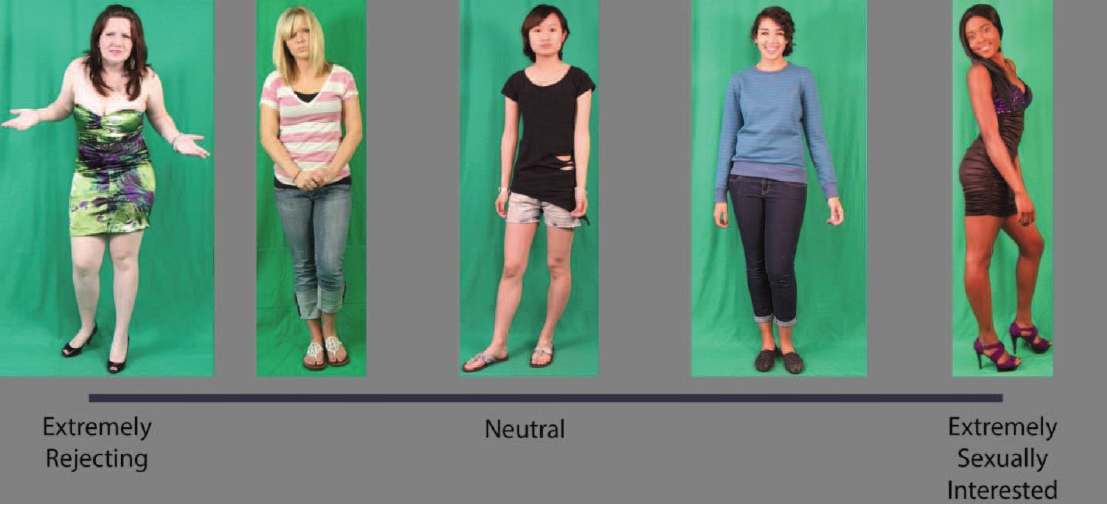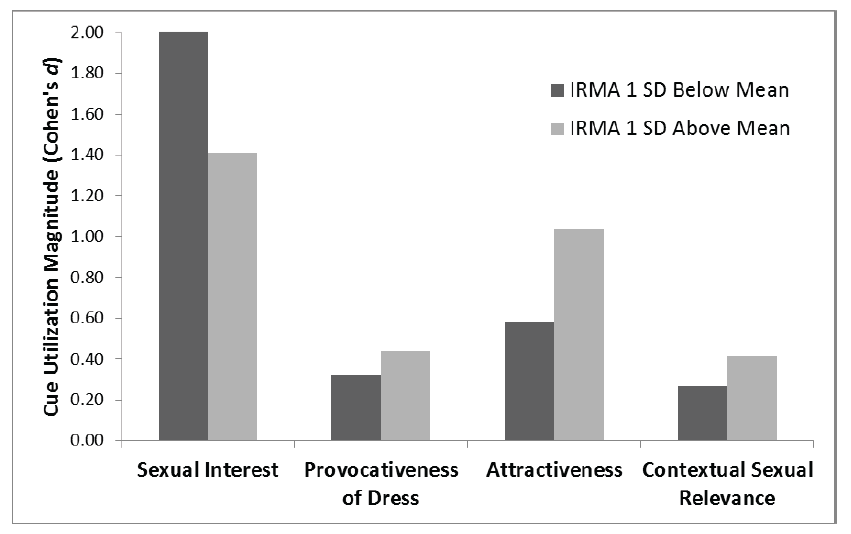The Google search string “how often do young men think about sex” returns around 4,000,000 hits. That number itself may point to an answer to the question. Exploring the search results further, the venerable BBC, for example, propounds a statistic that people think about sex every seven seconds, which adds up to 514 times an hour. Or approximately 7,200 times during each waking day. Further on, the same article reports a new study that provided an empirical measure (based on self-report) of this issue and comes up with the less heroic number of 19 times a day for men, and 10 times a day for women.
That number is still likely larger than the number of thoughts we spare for biodegradable plastic bags, seat belt laws in Namibia, or the price of kaleidoscopes. Sex is pretty important.
And it is even more important that we get it right. There were nearly 90,000 sexual offences in England in Wales in the year ending March 2015, and although there are a number of causal variables underlying those offences, the likelihood of sexually coercive and aggressive behavior toward acquaintances—who form a not insubstantial share of victims—is known to increase with the extent of men’s sexual misperceptions. In a nutshell, if men misperceive the sexual interest shown by a woman towards them, this may not simply lead to social embarrassment but can be a precursor to tragedy.
So what determines men’s perception of sexual interest in a woman?
One of the articles in the first issue of the Psychonomic Society’s newest journal, Cognitive Research: Principles and Implications, investigated this issue. Researcher Teresa Treat and colleagues went beyond previous studies by evaluating the role of social-environmental context in sexual perception while keeping various other variables controlled (such as provocativeness of women’s attire and their normative attractiveness).
To illustrate, the figure below shows a series of photos of women along a range of momentary sexual interest, as judged by female undergraduates and experts in sexual perception. This figure is typical of the stimuli used in research on sexual-interest perception.

The photos suggest that nonverbal affect—reflected in facial expression as well as body posture—is a primary determinant of the expression of sexual interest. Non-affective cues, such as clothing, provide comparatively less information: for example, compare the attire of the women on the very left and the very right.
It is unsurprising, therefore, that two recent studies have shown that men’s sexual interest judgments are strongly associated with women’s nonverbal affective cues.
But sexual interest judgments do not take place in a vacuum or in front of a green backdrop. Instead, contextual information in the social environment is known to affect those judgments: It is known that men judge women to be more sexually interested in a bar than in an office, all other variables being equal.
Departing from that previous finding, Treat and colleagues conducted a more extensive study in which women’s affect, their clothing, their attractiveness, and the context were varied independently. In addition, Treat and colleagues examined individual-differences variables as a potential determinant of men’s judgments.
The study involved 250 unmarried male college students, who viewed 173 full-body photographs of different women, similar to the figure above, but with the context varying between photos. Sample stimuli are shown in the figure below, in which all 4 variables of interest are manipulated: the woman’s actual sexual interest, provocativeness of dress, normative attractiveness (as judged by a different sample of men), and the sexual relevance of the context:

For each photo, participants judged “how sexually interested vs. rejecting is the woman feeling right now” on a scale from -10 to +10. After all photos had been viewed, participants indicated the extent to which they thought that their judgments had relied on the 4 variables of interest.
After judging the pictures, men completed a questionnaire that measures rape-supportive attitudes (known as IRMA), with items such as “when women go around wearing low-cut tops or short skirts, they’re just asking for trouble.” Previous research has suggested that men who score high on this questionnaire are more likely to use women’s attractiveness—rather than their displayed affect—as a cue for sexual interest, perhaps because those men conflate their own affective response with that of the woman.
The results of the study by Treat and colleagues are readily summarized: First, in general, men tended to rely on all 4 variables to judge current sexual interest of a woman. Second, in replication of previous research, men who scored more highly on rape-supportive attitudes relied less on the affect women displayed, and more on their attractiveness. Third, the reliance on attractiveness traded off across the sample overall: the more participants relied on attractiveness, the less they relied on women’s affect and vice versa. Fourth, reliance on clothing was positively associated with the sexual relevance of the context, indicating that when men were sensitive to context they also considered how provocatively a woman was dressed.
The figure below provides a visual summary of the results, separating between men who scored low on rape-supportive attitudes (darker bars) and men who scored highly (light gray bars). The dependent variable being plotted is an estimate of the extent to which participants relied on each of the 4 variables in their judgment of sexual interest.

It is perhaps reassuring that the actual sexual interest shown by a woman is the principal predictor, regardless of perceivers’ attitudes. What is potentially more concerning is that for men with more rape-supportive attitudes the role of attractiveness nearly rivals that of actual sexual interest.
Treat and colleagues conclude that “men’s judgments of a woman’s current sexual interest on average increase non-negligibly when the woman is normatively attractive and wears more provocative clothing, even when her current affective expression of sexual interest is held constant.” This, in turn, could “set the stage for unwanted sexual advances.”
The applied significance of these results is self-evident, given that, as Treat and colleagues put it: “Male-initiated sexual aggression toward female acquaintances is a serious behavioral health problem on college campuses.” We now know that variables such as context, dress, and attractiveness should be included in any coaching programs that seek to improve the accuracy of men’s judgments of women’s emotions.
Many colleges have made sexual-assault awareness programs mandatory, and a recent White House initiative to reduce the incidence of sexual assaults on campus recognizes the pivotal role of teaching men. As President Obama put it: “We can do more to make sure that every young man out there—whether they’re in junior high or high school or college or beyond—understands what’s expected of them and what it means to be a man…”
Article focused on in this post:
Treat, T. A., Hinkel, H., Smith, J. R., & Viken, R. J. (2016). Men’s perceptions of women’s sexual interest: Effects of environmental context, sexual attitudes, and women’s characteristics. Cognitive Research: Principles and Implications. DOI: 10.1186/s41235-016-0009-4.
